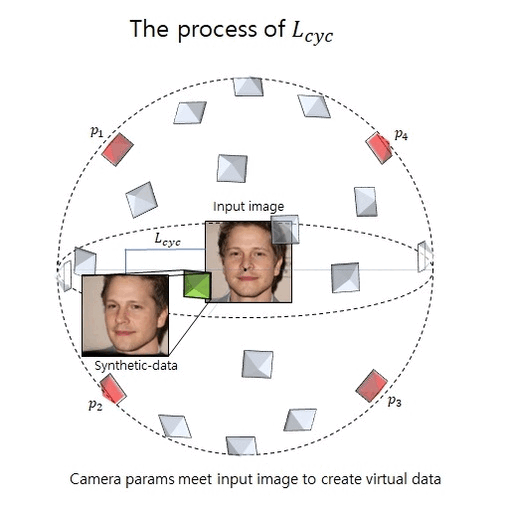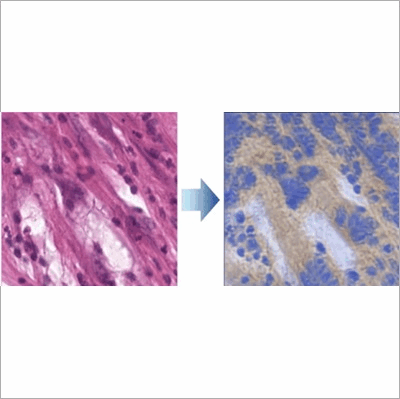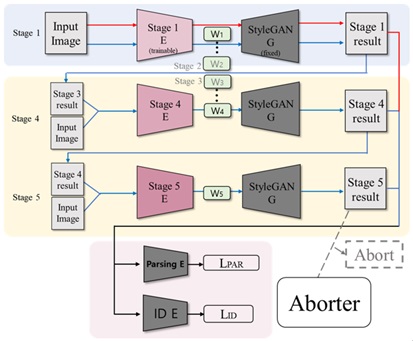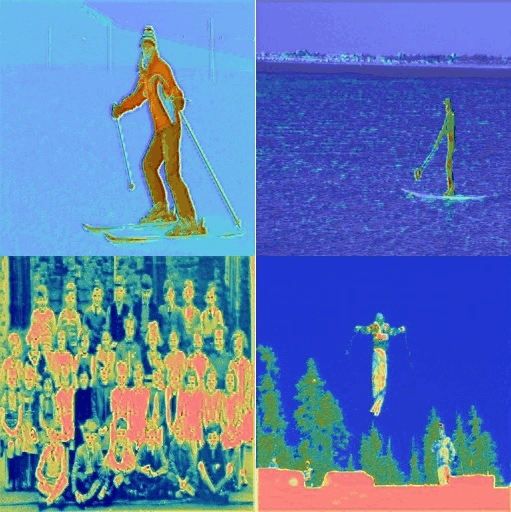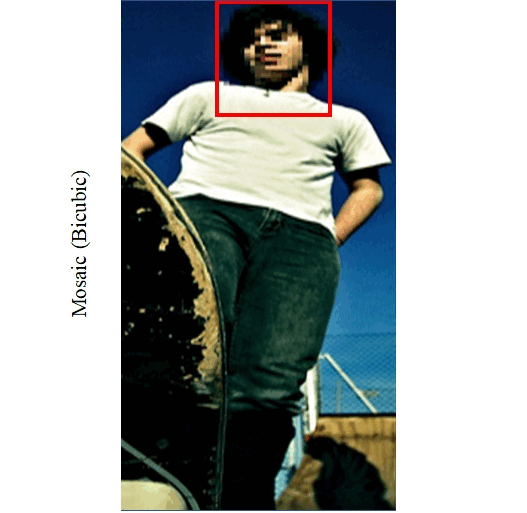Wonseok Oh
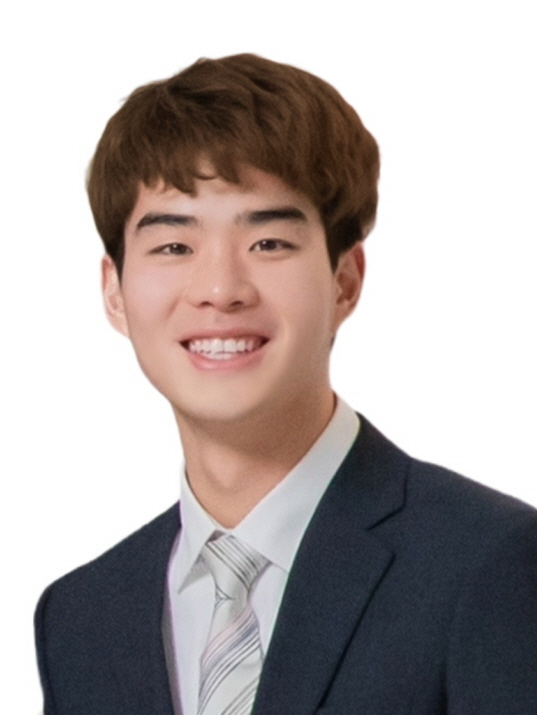
I am a second-year M.S. student at the University of Michigan. I am currently majoring in Electrical and Computer Engineering (computer vision track).
Currently, I am a research assistant advised by Professor Andrew Owens, focusing on multi-modal learning with sound. I am also collaborating with Professor Qing Qu on diffusion models.
Previously I was a research assistant at the ETRI, Daejeon, South Korea, working with Kimin Yun and Yongju Lee in the summer of 2021 and 2022.
I received a B.S. in Computer Science and Engineering at Korea University and a B.E. in Software Technology and Enterprise Program, Chemical and Biological Engineering in 2022 (triple major!).
My research interests are Computer Vision, Machine Learning, and Robotics. I'm most interested in multimodal learning using sounds and computational creation using generative models.
Publications
Conference Papers
2024
